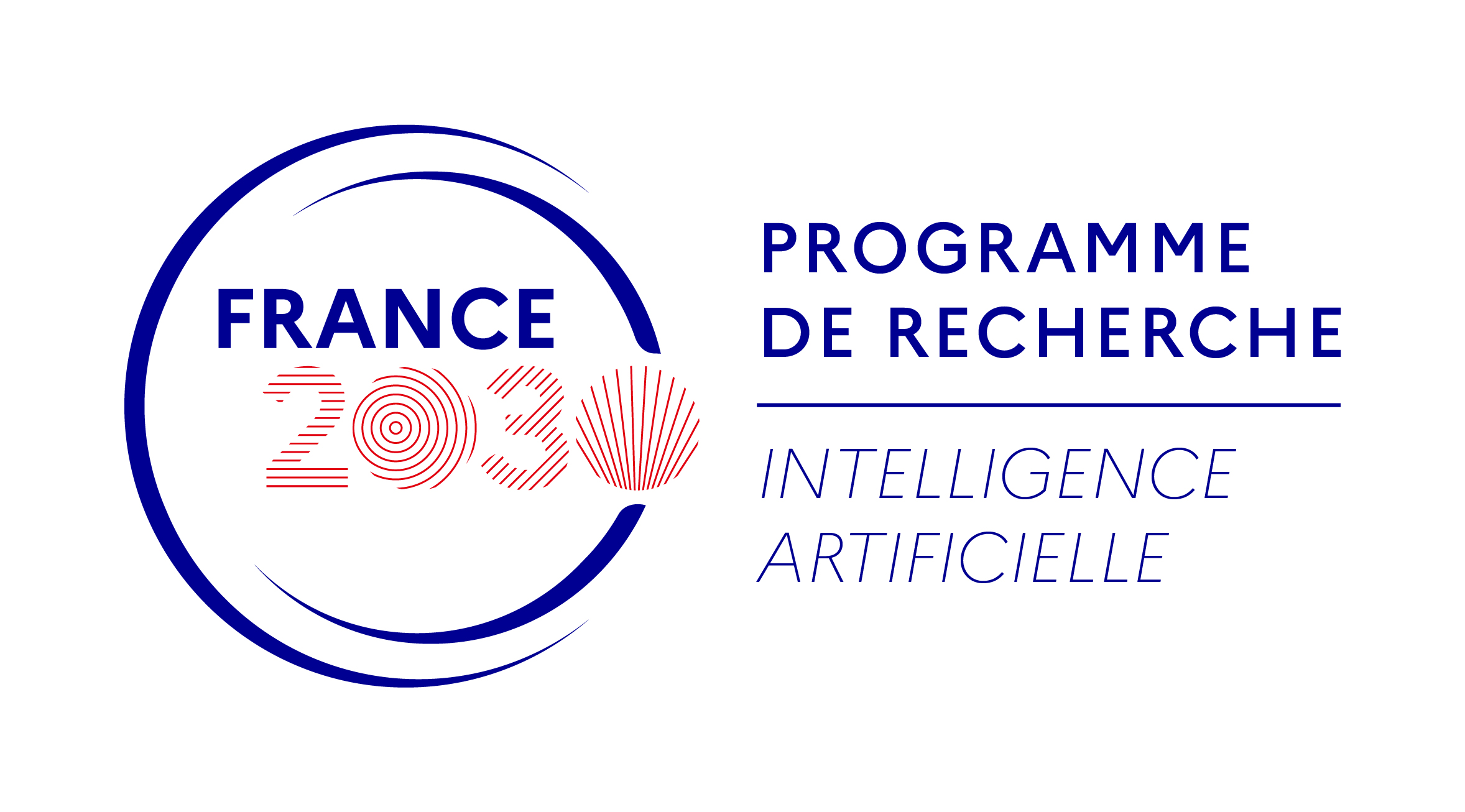The increasing need to distribute AI applications from the cloud to edge devices is becoming a pressing concern for addressing data privacy, bandwidth limitations, power consumption reduction, and low latency requirements, especially for real-time, mission- and safety-critical applications. Consequently, there is an ongoing effort to design custom and embedded AI hardware architectures (AI-HW) that can support energy-intensive data movement, speed of computation, and large memory resources that AI requires to achieve their full potential.
However, the current AI-HW architectures are mainly based on GPU, TPU, or specialized designs, which are devoted to improving the energy/performance efficiency for a specific class of AI applications, such as Convolutional Neural Networks. Thus, they are not designed to provide the high flexibility and massive parallelism needed to support a wide range of AI algorithms, including dynamic networks, Recurrent NNs, Transformers, etc.
To address these limitations, the AdaptING project proposes a new architectural paradigm called adaptive architecture, which aims to make HW adaptable to any given AI application and its constraints in terms of accuracy, energy, latency, and reliability. The adaptive architecture is designed to provide flexibility, efficiency, sustainability, and reliability for embedded AI. This approach goes beyond the current state-of-the-art HW architectures and targets the next generation of AI by investigating and designing flexible, efficient, sustainable, and reliable embedded AI on adaptive architectures.
.







